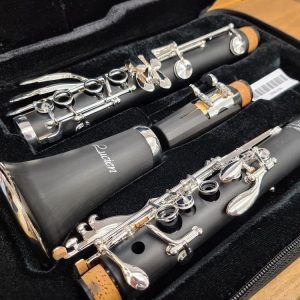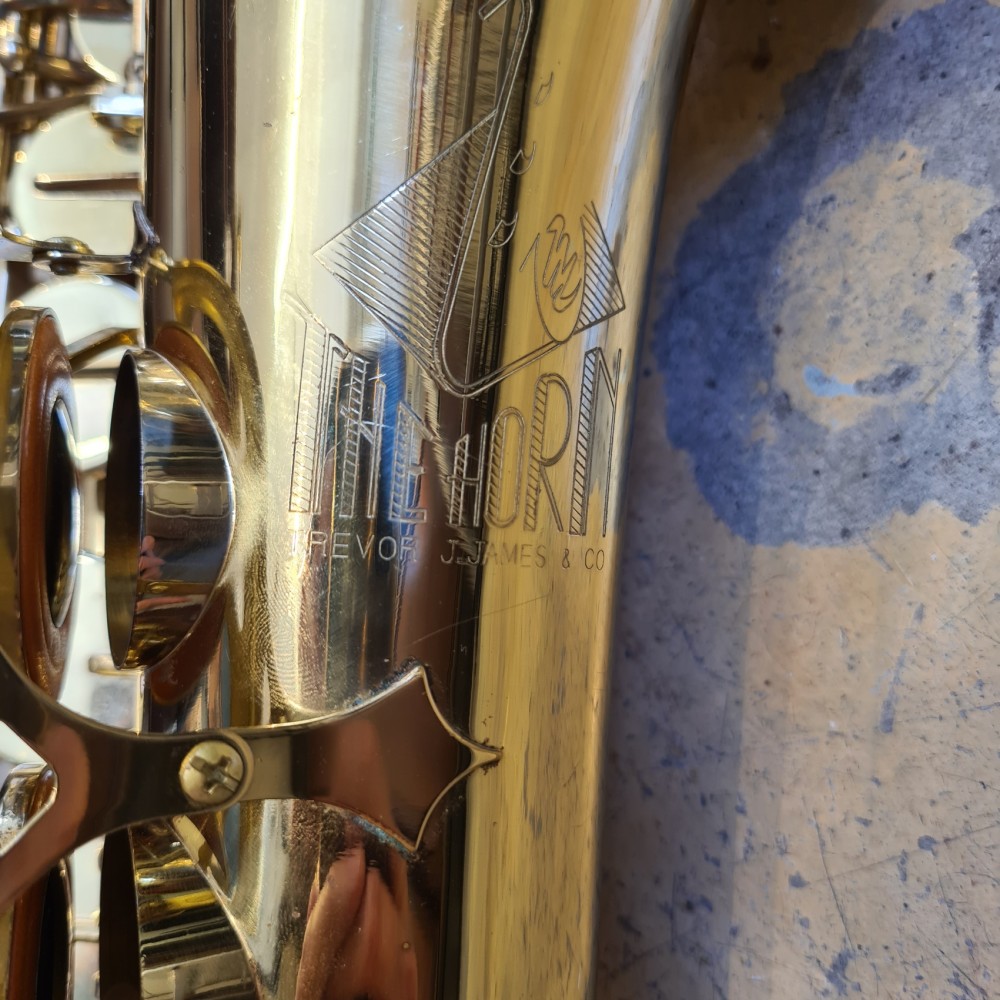Buying Your First Clarinet
Showing all 4 resultsSorted by price: low to high
Buying your First Clarinet
This little guide to buying your first clarinet will help you get started as you begin your journey. There is much, much more to consider that what is written here – please contact us for expanded advice!
Below the guide is a list of new and (sometimes) second-hand clarinets – perfect for the beginner.
New, Second-hand, or Rental?
There are two main concerns when it comes to the condition of a clarinet:
- Issues with the build quality at the manufacturing level
- Issues with how the instrument has been treated over the years
New Clarinets
The first thing to get your head around is this: Almost all manufacturers (despite what they might say) release clarinets with quality issues.
Some manufacturers are consistent, e.g. Yamaha clarinets often have the same adjustment issues in the lower joints. Other manufacturers release instruments with more random problems. This may sound terrible, but manufacturers who produce hundreds of clarinets a week cannot give each one the hand-finishing it needs to be perfect.
This is something you must accept when buying a new clarinet. It is also why buying from a repair workshop like Vanguard is a smart idea! A workshop will be able to set up a new instrument; it will bend, level, and adjust the things that need to be bent, levelled, and adjusted.
A new clarinet is a wonderful thing. The pads snap, all the mechanical bits work as they should, and the player does not have to fight the instrument.
Important: if you want to enjoy playing the clarinet, do not buy a cheap new one. On TradeMe (as of this writing) you can buy a new ‘Fever’ clarinet (with Hardcae [sic]) for $180. You might be skeptical of the ‘sweet, expressive tone’ promised by this instrument, and your skepticism would be entirely reasonable. Avoid!
Second-Hand Clarinets
Tread lightly on the thin ice that is the second-hand clarinet market. As well as the potential issues remaining from the manufacturer, clarinets – particularly wooden ones – have a shelf-life. Be mindful of potential cracks, general neglect, missing pads etc.
Most student clarinets will be made from ABS plastic. These tend to be more robust in the long term than wood if they are regularly maintained.
If your budget only allows for a second-hand instrument, please consider the following:
- Buy a brand that you have heard of
‘Yamaha’ or ‘Buffet’ are always a good option. ‘Fever’ or other vaguely inflammatory names are not brands you have heard of. Google if unsure.
- Check the clarinet first
Bring your potential clarinet into a workshop (e.g. Vanguard Orchestral) to get it checked if possible. It is not fun buying a 50-year-old $200 wooden Selmer clarinet only to learn that it is full of hairline cracks and is tuned in the wrong pitch.
- Buy from a workshop
Some workshops (including us) sell instruments on behalf for people. These will generally be in good playing condition or will have the repair cost built into the price.
Renting
Renting is a great, affordable way to start playing clarinet. It can let a new player know if they want to pursue the clarinet without committing to buying one.
Rental instruments have usually been around the block a few times and may not be in the greatest condition. Your rental shop should keep their instruments serviced to a reasonable standard. If in doubt, bring the instrument into a workshop to get it checked over.
A bad clarinet can discourage a player. A good clarinet can give a player years of joy!






